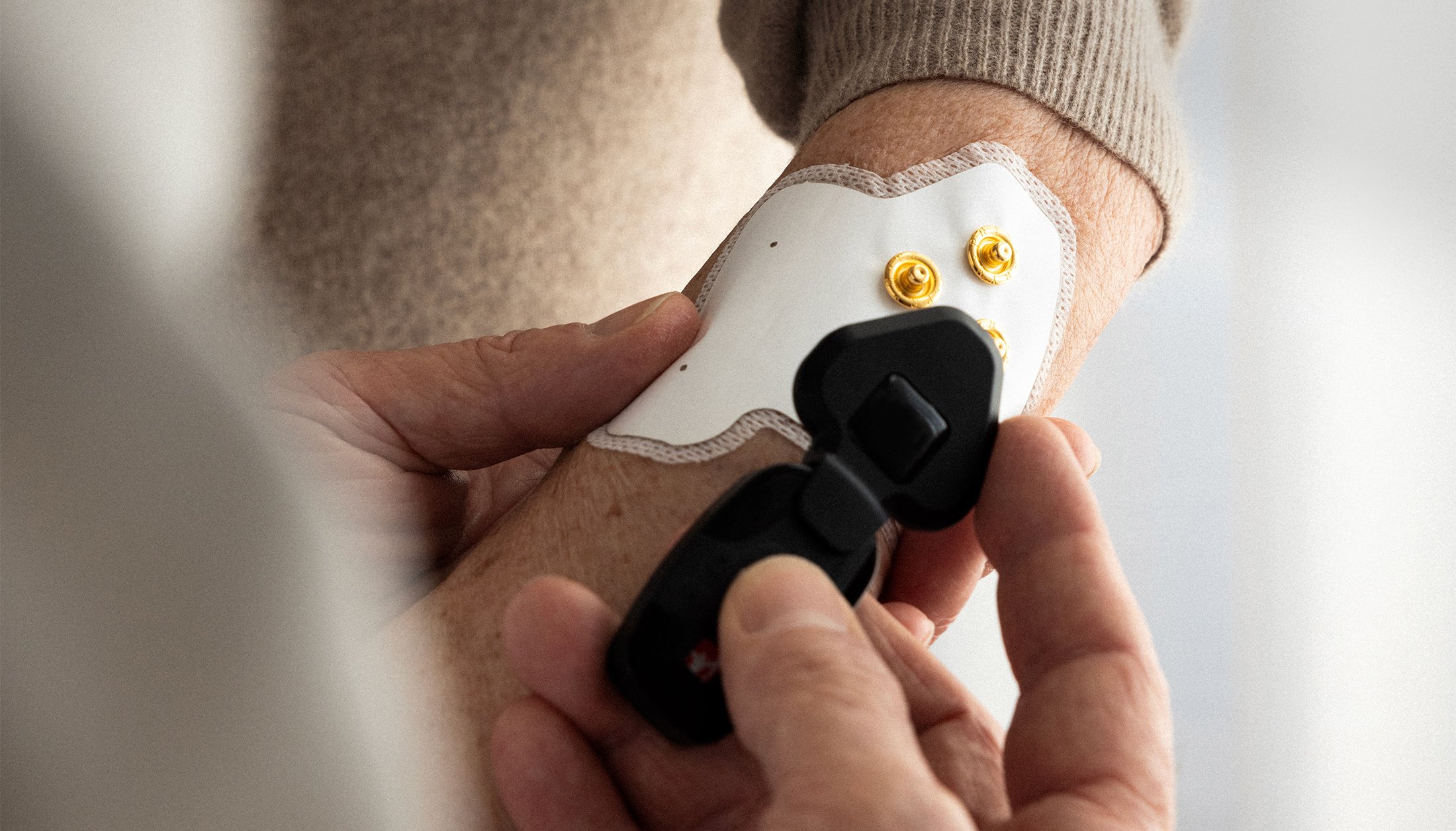The future approach to assessing Parkinson's disease symptoms: EMG and kinematic measurements
Studies have shown that combining surface electromyography (EMG) and kinematic measurements can lead to objective quantification of a Parkinson’s disease (PD) patient’s neuromuscular and motor function. There has been a growing interest in using this combination to understand better the control of human movements, movement disorders like PD and their treatment. In the past ten years, 249 articles covering studies using EMG for PD have been published in scientific journals.
Using a novel mathematical method for combining EMG and kinematic data for the evaluation of PD symptoms enabled in 2006 a breakthrough in discriminating between PD patients and healthy persons and the treatment effects at the neuromuscular level to be quantified. The research executed at the University of Kuopio, today the University of Eastern Finland, in collaboration with clinical partners, included nine different patient studies in Finland, the US and China. Over 200 patients and 100 healthy controls participated in the research.
The brain’s basal ganglia have a specific effect on the temporal organization of motor cortical activity during muscle contractions. Their primary function is to control conscious and proprioceptive movements by managing the signals the brain sends to enable people to move their muscles. The basal ganglia receive signals from the cortex, weigh those signals, and determine what actions to “disinhibit.” Any dysfunction of the basal ganglia leads to abnormalities of skeletal muscles, such as the tremors, bradykinesia, and rigidity observed in PD patients.
EMG measures the amount and timing of electrical activity produced by the skeletal muscles and the nerves that control them, detecting issues with motor coordination, motor nerves, muscles, or the communication between them. The EMG signal appears as a spikey-looking, impulse-like waveform. In patients with PD, the level of motor unit synchronization increases. This appears as an increased number of recurring spikes and bursts in the EMG signals. Therefore, the EMG spike pattern itself – with the morphology of the impulse chain – contains the essential information about the disease.
The signal parameters that are conventionally used for EMG analysis, including amplitudes and the mean or median frequencies, are not effective enough in capturing impulse-like structures. Adamant Health applies a novel method based on machine learning (ML) using signal morphology, nonlinear dynamics and wavelets with highly advanced mathematical algorithms for quantifying the EMG signals of PD patients on an individual level. By measuring the symptom itself and combining EMG with motion sensor data, it is possible to reach a level of accuracy with motor symptom data that has not yet been seen.
EMG with highly advanced mathematical algorithms provides much more precise data that can be used to objectively quantify the neuromuscular and motor function as well as the effects of treatment.
This future approach, combining EMG and kinematic measurement, enables data-driven disease management, which supports a personalized treatment plan that can be continuously optimized. It brings more visibility to PD symptoms and provides valuable insight for making data-driven care decisions.
Rely on the combination of two proven technologies – EMG and kinematic measurement – for unparalleled accuracy in symptom assessment and receive clinically meaningful and actionable data for treatment planning – enabling evidence-based decisions that lead to more effective symptom management.

